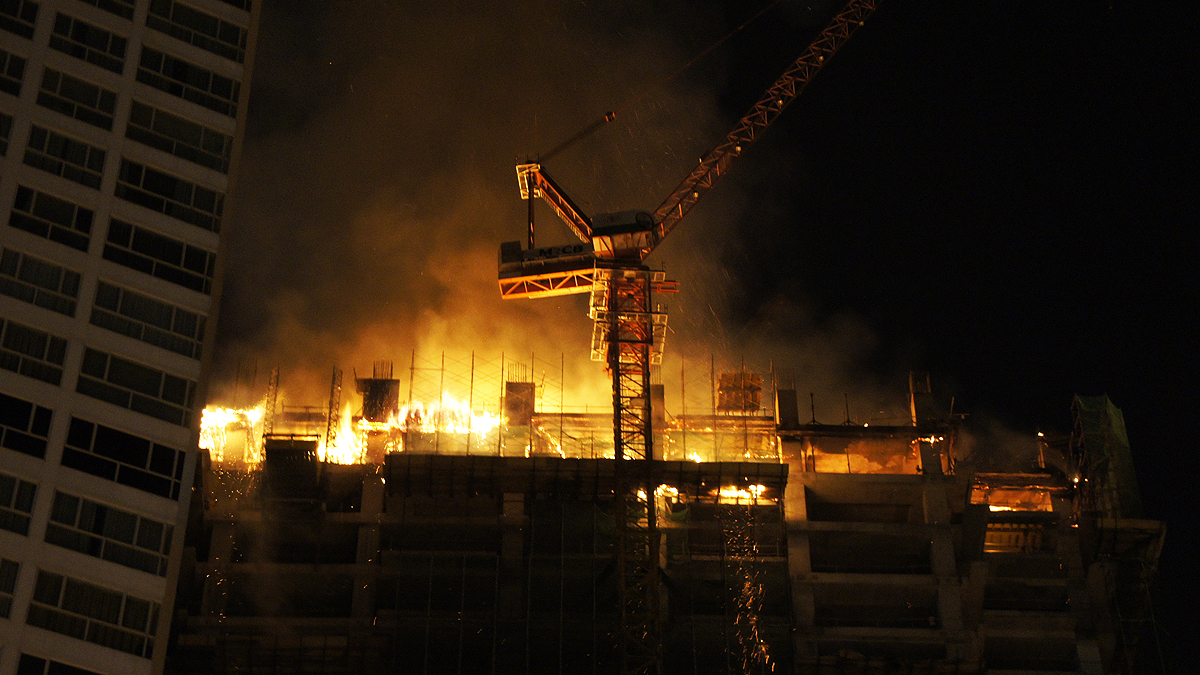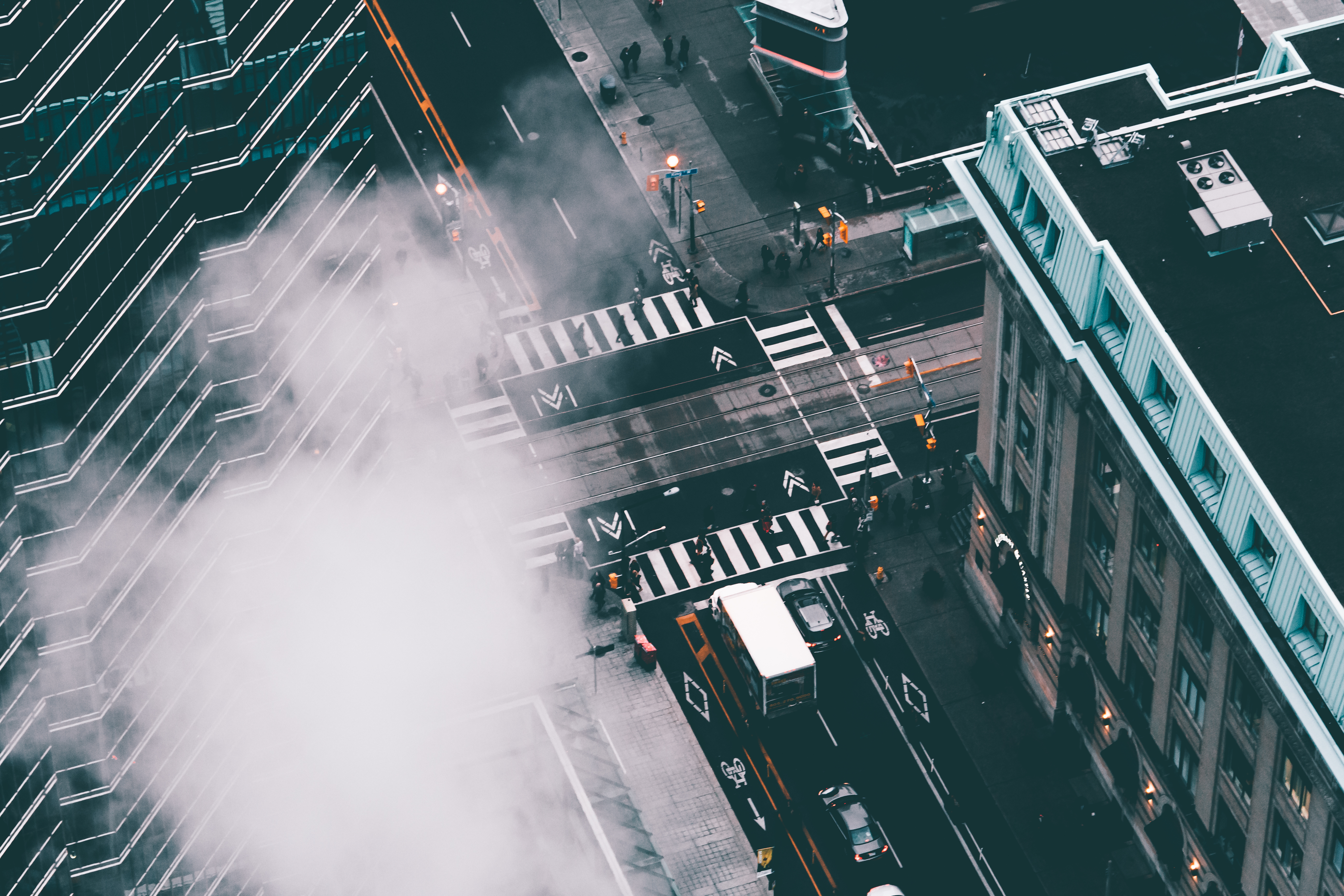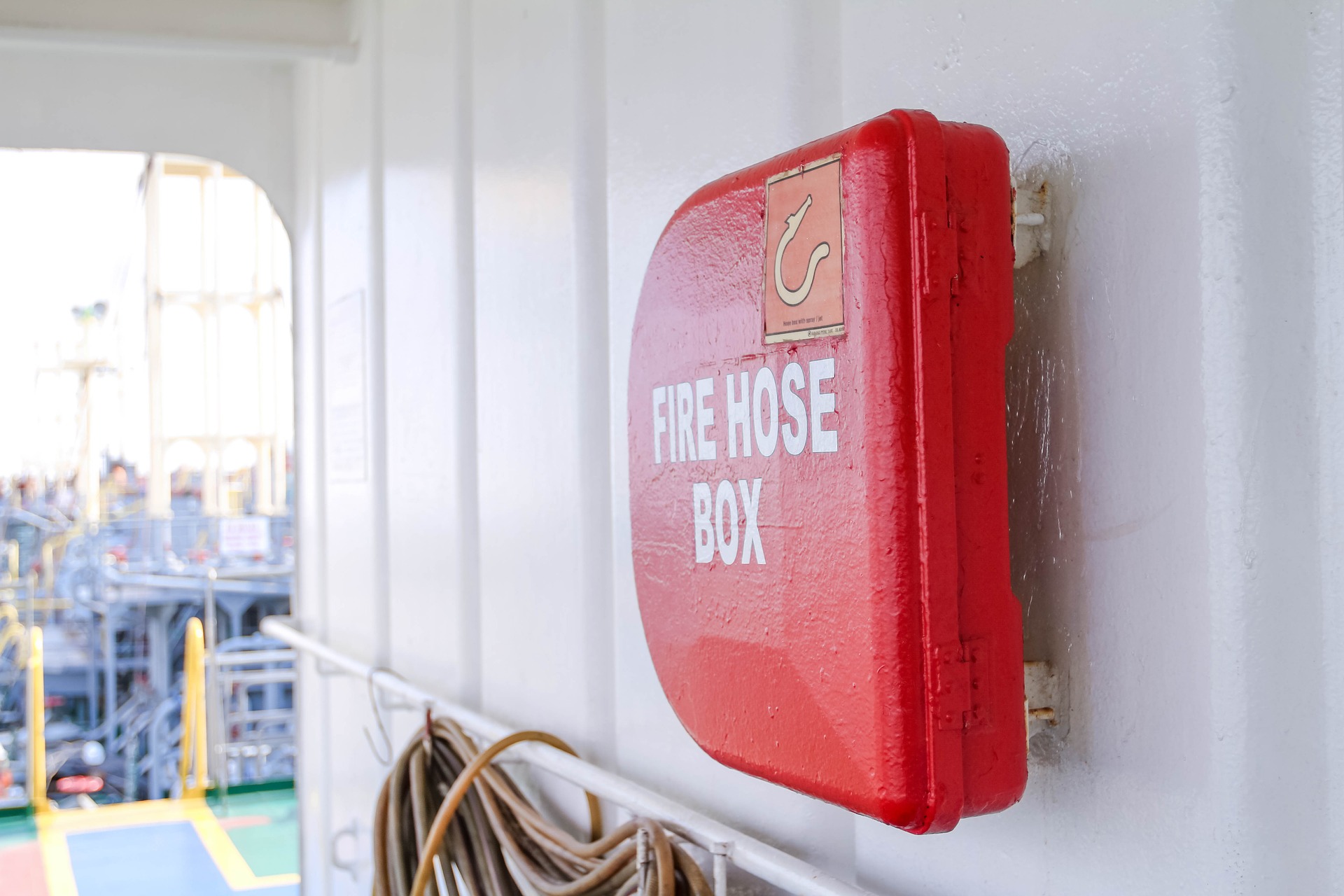
Following the tragic events of Grenfell Tower, where a fire in a high-rise residential building in West London caused 71 deaths in 2017, new headlines came in earlier this year in January. This time, an air conditioning and heating system in New York City’s Trump Tower caught fire in the early morning, injuring two civilians and one firefighter.
These incidents stand as a reminder of how fragile our safety state can still be. Even in the wake of devastating accidents like Grenfell and unnecessary injury at Trump Tower, fire safety still seems to be neglected. What is going wrong?
Assigning responsibility
David Prince, Health and Safety Consultant at Arinite, explains that “the cause for breaches in fire safety is very elementary. Often, the person responsible for precautions and safety measures being carried out is simply not aware of their duties. Especially in large-scale buildings, multiple levels of management lead to an overall lack of transparency in a building’s safety.”

When constructing and assessing a building, different enforcing bodies, legal standards, and responsibilities of personnel overlap making it difficult to clearly assign duties. If accidents happen further down the line, it can be hard to determine who was responsible for the issues that arose.
“Many don’t know that when commissioning a company for a safety audit or installment, liability is not passed on,” Prince said. If someone else’s mistake causes a fail in fire safety, the person responsible for ensuring safety will still be responsible and not the hired technician. Therefore, it is important that every company involved in the process is trustworthy and competent. Otherwise, even good intentions might not result in an effective outcome.
Prioritizing safety
Another common reason for a lacking safety plan is laziness. Regulations always leave room for shortcuts for companies that want to cut cost or time. Mistakes in the early stages of a project, however, might be difficult to fix if, later in the process, safety issues are uncovered. Choosing a cheaper, but less fireproof material, for example, ultimately won’t be inexpensive when an audit discovers improper work.
In some cases, a construction company may make changes to the initial design without notice, which means those working on the project further down the line are working with incomplete information. Consequentially, mistakes and accidents can happen.
Having the know-how
Ensuring fire safety is not an easy task. Consulting with a competent health and safety auditor, however, can help with identifying all possible risks and how to prevent them. An assessment will need to include areas such as:

- Placement of safety signs and notices
- Locating suitable means of escape
- Installation of emergency lighting
- Set-up of fire alarm and detection systems
- Guaranteeing structural and passive fire protection
To the last point, having simple structural steel protection in place and installing precautions such as fire doors early on in the process can help limit and control the spread of flames, smoke, and heat tremendously.
The road to a safe and secure fire protection system is long, starting with the initial building plan and finishing with steady, ongoing maintenance. Only dedicated teamwork, full awareness of potential safety risks, and high-quality audits will keep buildings safe. After all, prioritizing safety should be a matter of professionalism and public good, not of cutting corners.
Feature image courtesy of Dan K, Flickr.

Discussion
Be the first to leave a comment.
You must be a member of the BuiltWorlds community to join the discussion.